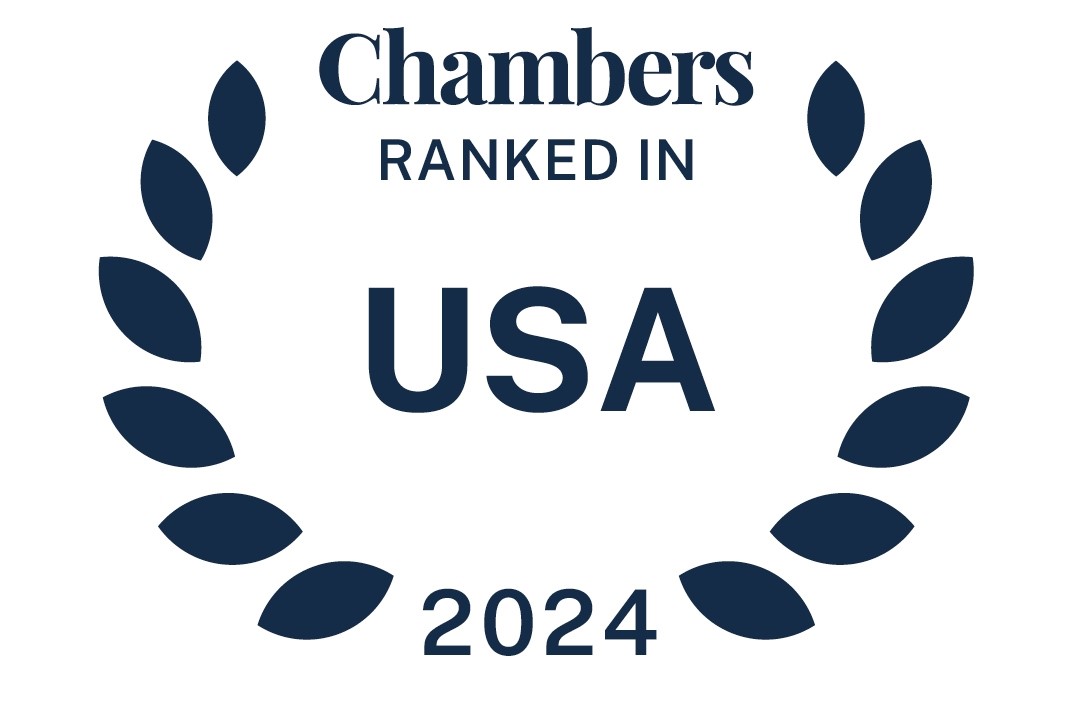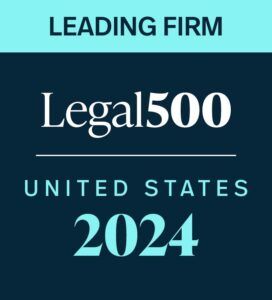Join members of the McDermott Employee Benefits team in May at one of these programs covering a variety of employee benefits topics.
The John Marshall Law School The Center for Tax Law & Employee Benefits 14th Annual Employee Benefits Symposium | May 1, 2017 | Chicago, Illinois | Speaker, Joseph S. Adams
Proposed 457(f) Regulations: Opportunities and Challenges | May 3, 2017 | Webinar presented by Mary K. Samsa, Joseph K. Urwitz, Ruth Wimer
M&A Workshop: New Developments and Key Legal and Tax Issues Throughout the Life Cycle of a Deal | May 4, 2017 | Chicago, Illinois | Speaker, Joseph S. Adams
Benefits Emerging Leaders Working Group | May 10, 2017 | Chicago, Illinois | Speakers, Lisa K. Loesel, Lisa Schmitz Mazur, Jacob M. Mattinson, Jeffrey Arnold, Sarah Raaii
read more


 Subscribe
Subscribe




